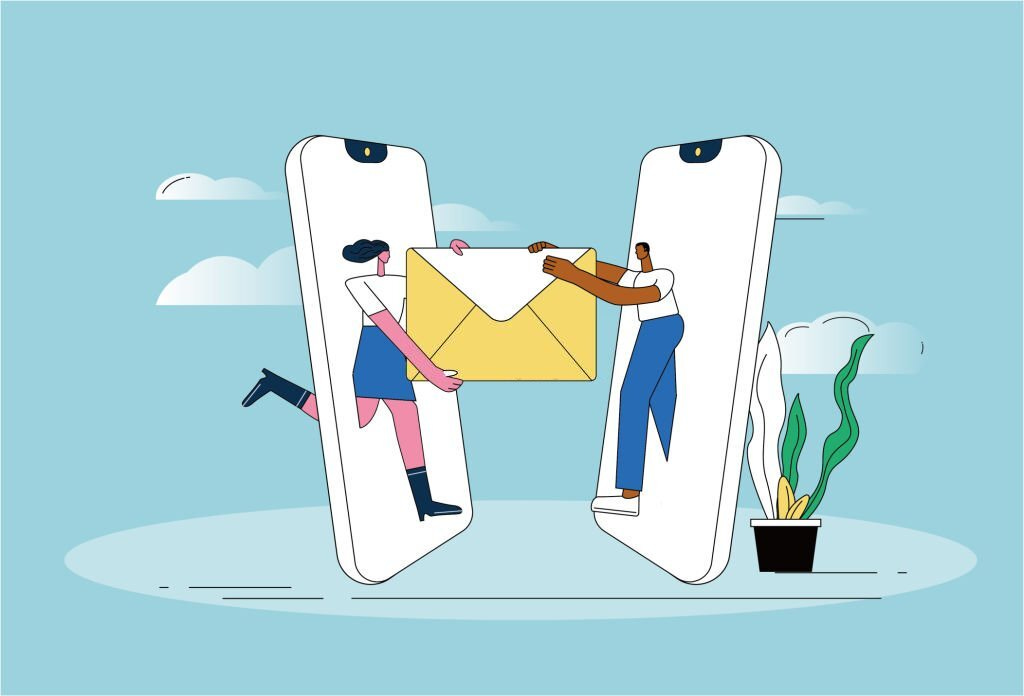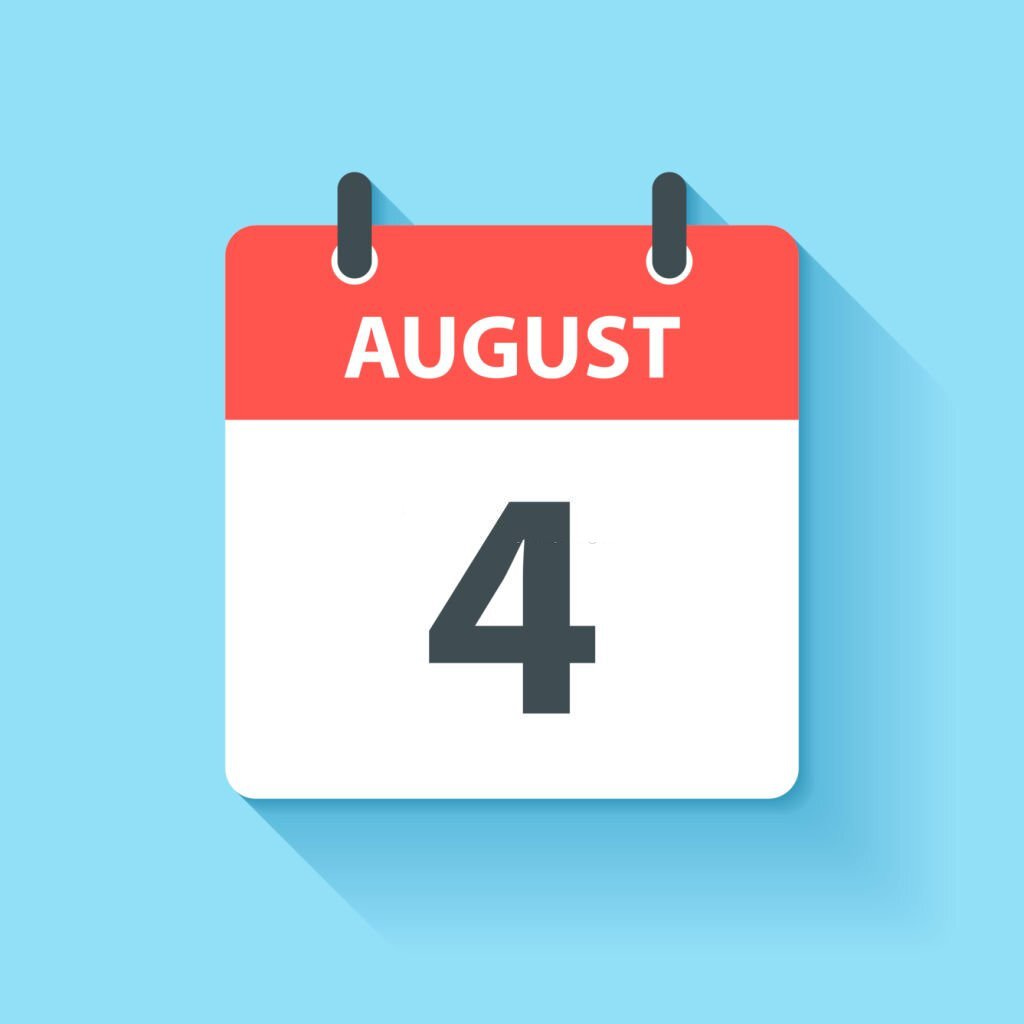7 steps to launch and promote your newsletter
Part 2 of 3 on using newsletters to grow your audience and business.
In Part 1, we talked about why you should launch a newsletter.
TL;DR — you don’t own your social media audience, and an email list is the best way to capture the value you’re creating on social media platforms.
An email list also allows you to monetize your audience more directly in the future — without going through ads or staging expensive events.
Once you’ve decided to launch a newsletter, you’ll need to follow these 7 steps for success:
Validate your target market
Decide your frequency
Decide your structure
Choose your platform
Map out your issues
Write the first issue
Promote it
#1 Validate your target market
Before launching your newsletter, ask yourself: “Who do I want to talk to?”
Nailing your target audience allows you to craft newsletter issues around topics they actually care about.
A simple way of validating your audience is to build a waitlist.
You can set up a waitlist using Google Forms and announce your intentions on social media.
“Hey everyone, I’ve always been interested in [topic].
I’m thinking of starting a newsletter for [specific audience].
What kind of topics would you like to see in each issue?”
Link to a Google Form where people can drop their email addresses.
The more email addresses you collect, the higher the demand for your newsletter.
Next, ask yourself: “What do I want to help my audience with?”
This can be:
Growing their businesses (e.g. attracting more clients)
Motivating them (e.g. inspirational stories and quotes)
Keeping them informed (e.g. daily stock market news)
Improving their lives (e.g. building better habits)
Your audience and mission will determine your cadence, structure, topics, growth strategy, and monetization options (more on these later).
Give your newsletter a snazzy name and move on to the next step.
#2 Decide your frequency
Once you’ve validated demand, you must choose how often you’ll publish your newsletter.
Only two rules apply here:
Don’t stretch yourself
Be consistent
It’s important not to over-commit yourself to something you can’t maintain.
If you only have enough bandwidth for one weekly newsletter, stick to that.
If you can only do two pieces a month, that’s fine too.
The most important factor is consistency.
If you decided to publish weekly, commit to publishing one newsletter a week — even if you don’t feel like it that week.
This is because people need to hear from you frequently enough to keep you top of mind.
If your name appears in their inboxes two weeks in a row and drops off unexpectedly, they’ll forget about you and move on. This affects your audience growth and sales plans.
Secondly, forcing yourself to adhere to a schedule trains your discipline and limits excuses.
Tip: It’s better to underpromise and overdeliver.
A monthly newsletter that publishes twice a month is better than a weekly newsletter that publishes twice a month.
#3 Decide your structure
With your audience and cadence down pat, it’s time to outline your newsletter structure.
As we saw in Part 1, a newsletter can take many forms, such as:
Personal stories
News and reports
Jokes and memes
Motivational quotes
Guides and templates
Most likely, it'll be a combination of the above.
You can also mix and match formats if you publish multiple times a week or month.
For example, if you publish Tuesdays and Fridays, you can reserve Tuesdays for personal stories and Fridays for guides and resources.
Some of my favorite newsletters start off with a personal story, segue into industry news, add in links to resources, and end with a relevant quote.
The key is to keep people engaged. The only limit is your creativity.
#4 Choose your platform
Once you’ve agreed on the fundamentals, you can choose a platform to send out your newsletter.
The easiest platforms to start with are those linked to your social media accounts. This means Twitter and LinkedIn.
Revue (Twitter) newsletter
Twitter allows you to create and publish a newsletter using Revue, its newsletter service.
You can attach the sign-up link to your Twitter bio, making it easier to collect subscribers as you post on social media organically.
Here’s what that looks like:
And with Revue, you can see and export the email addresses of all your subscribers.
This is handy if you want to migrate to another platform or create an audience backup.
LinkedIn newsletter
LinkedIn allows you to publish up to one newsletter through your account (in Creator Mode).
The benefit of a LinkedIn newsletter is that you don’t have to worry about initial newsletter promotion.
Once you publish your first issue, all your connections get notified and can subscribe in one click.
However, you can’t see your LinkedIn subscribers’ email addresses or export them to a backup file as you can with Revue.
The main benefit of using Revue or LinkedIn Newsletters is that you don’t have to worry about email tool setups or sign-up forms.
You can just get started right away.
Substack
Substack is easy to use, publish with, and monetize through subscriptions.
You can also easily view, export, and import your subscribers into the platform.
Best of all, Substack is (currently) free to use forever. You only pay a small percentage of your earnings when you decide to turn on monetization.
Other platforms
If you’d like more advanced features like segmented customer lists or customizable subscription forms, you can look into using Mailchimp, ConvertKit, Klaviyo, or ActiveCampaign.
#5 Map out your issues
Once you’ve signed up for your platform of choice, it’s time to map out the first few issues of your newsletter.
Say you write a weekly fitness newsletter. Here’s what your content calendar might look like:
Week 1: How to get fit in summer
Week 2: Common fitness mistakes and how to fix them
Week 3: Top fitness accessories everyone should have
Week 4: How to compare and select the right gym for your needs
And so on.
This mitigates writer’s block and lets you plan ahead and schedule your issues on your newsletter platform.
Note: any timetable you come up with may change down the line. This is perfectly normal.
Using the example above, you might get to Week 3 and decide to write about the importance of protein and how to add more of it to your diet.
If that won’t disrupt your flow, feel free to switch your topic for that week and publish the original article later.
#6 Write the first issue
At this point, you’ve done all the groundwork to launch your next hit newsletter.
It’s now time to write your first issue.
Don’t worry too much about crafting a hit for your first issue.
Simply write genuinely and explain:
Why you're starting a newsletter
What your readers should expect
How it will improve their lives or careers
Keep it short — under 500 words — and hit ‘Publish.’
Tip: Invite people to reply to your email as much as possible.
This tells email providers that you’re a trusted recipient and keeps your emails out of spam folders.
#7 Promote it
Your work doesn’t end after publishing a newsletter issue.
People are busy. They might not read your newsletter immediately, or they might start and get distracted midway through.
Your job is to bring the information to your readers where they’re most likely to see it again.
This can mean:
Asking your newsletter guest to share the issue with their audience
Promoting your latest newsletter issue through a social media post
Giving your readers a sneak peek into upcoming issues
Sharing snippets of each issue to your social channels
Share a short video highlighting your latest insights
Promoting your newsletter in other newsletters
Adding a link to your newsletter in your bio
Doing a Twitter Space on your latest issue
If you’re publishing the first issue of your LinkedIn newsletter, LinkedIn automatically notifies all your connections.
This means you benefit from having a large audience to begin with.
Here’s a thread on how to build an engaged LinkedIn audience that’s more likely to engage with your content:
Get started today
We’ve looked at seven steps to start your next newsletter:
Validate your target market
Decide your frequency
Decide your structure
Choose your platform
Map out your issues
Write the first issue
Promote it
In Part 3, we’ll look at how to grow and monetize your newsletter.











